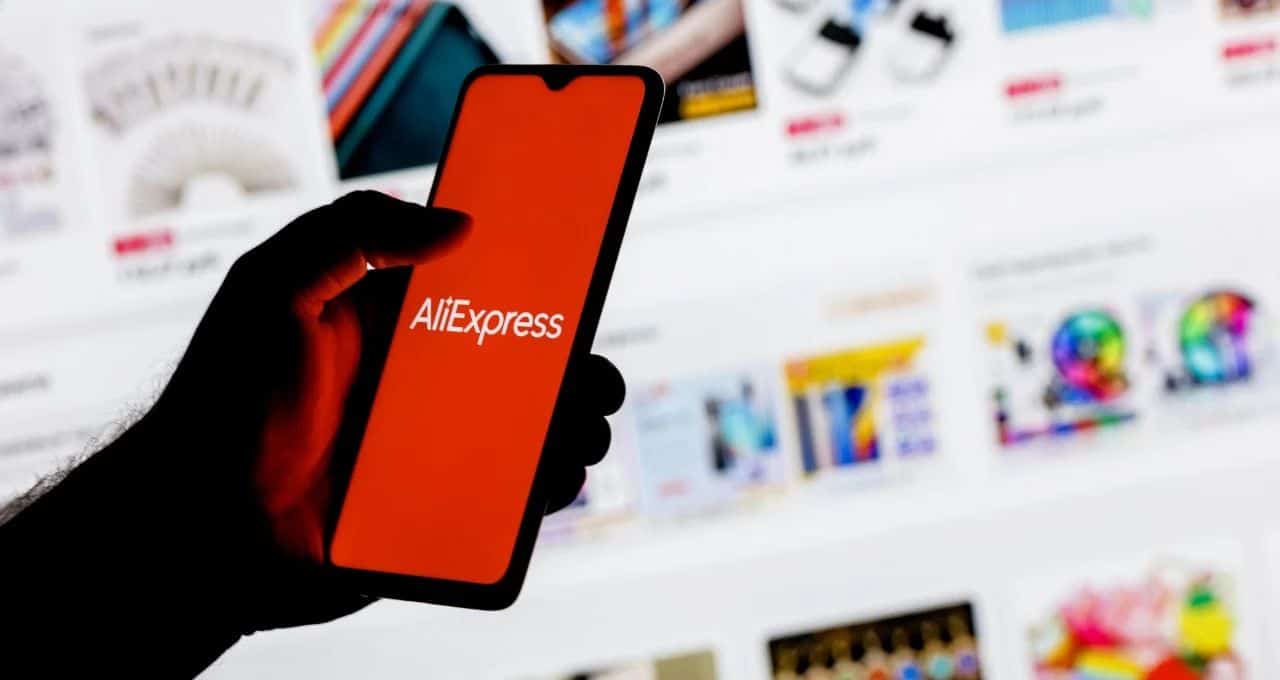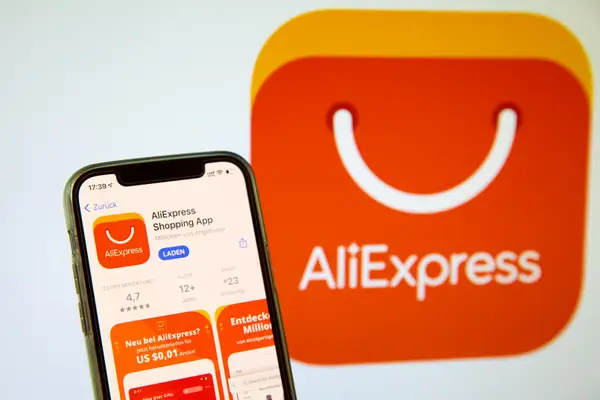What is counterfeit detection process?

What is Counterfeit Detection Process?
The counterfeit detection process is an essential mechanism across various industries aimed at ensuring the authenticity of products. As counterfeit goods become more sophisticated, organizations from luxury brands to pharmaceuticals are increasingly investing in advanced methods to detect and eliminate counterfeit products. In this article, we’ll dive deep into the steps involved in counterfeit detection, the technologies in play, and how businesses can implement effective strategies to safeguard their integrity and their customers.
The Importance of Counterfeit Detection
Counterfeit products can lead to significant financial losses, damage to brand reputation, and health risks for consumers. This makes counterfeit detection not just a matter of maintaining profits; it’s about ensuring trustworthiness and safety in the marketplace. Here are some key reasons why counterfeit detection is vital:
- Protecting Brand Integrity: Authenticity reassures customers about the quality and reliability of a brand.
- Financial Savings: Minimizing losses from counterfeit goods can significantly enhance a company’s bottom line.
- Ensuring Customer Safety: Counterfeit products, especially in sectors like pharmaceuticals, can pose serious health risks.
- Regulatory Compliance: Many industries face strict regulations regarding product safety and authenticity.
Understanding the Counterfeit Detection Process
Step 1: Risk Assessment
The first stage in the counterfeit detection process involves assessing the risk levels associated with specific products. This includes:
- Identifying High-Risk Products: Some products are more susceptible to counterfeiting than others.
- Market Analysis: Understanding market trends helps in identifying potential counterfeit threats.
- Consumer Knowledge: Educating consumers about the signs of counterfeit products can lead to early detection.
Step 2: Product Authentication
Once the risks have been assessed, the next step is authentication. This can involve several methods, such as:
- Visual Inspection: Trained professionals analyze product details like logos, colors, and packaging.
- Serialized Tracking: Each product is assigned a unique identifier, allowing traceability.
- Holograms and Watermarks: Incorporating advanced graphics that are difficult to replicate.
- QR Codes and RFID Tags: Utilizing technology that consumers can scan to verify product authenticity.
Step 3: Advanced Technological Methods
With the evolution of counterfeit products, advanced technology plays a crucial role in detection. Some of the technologies include:
- Blockchain Technology: Provides a secure and transparent system for tracking product origins and transactions.
- Machine Learning Algorithms: Analyzing patterns in counterfeit behavior can improve detection accuracy over time.
- Spectroscopy: This scientific method analyzes products at a molecular level to assess authenticity.
Step 4: Testing and Verification
If a product is suspected to be counterfeit, rigorous testing protocols come into play:
- Laboratory Testing: Sending samples to certified laboratories for chemical or physical testing.
- Field Testing: On-site inspections and evaluations using portable testing equipment.
- Consumer Reports: Gathering feedback from consumers who may have encountered counterfeit products.
Step 5: Training and Education
To ensure the effectiveness of the counterfeit detection process, businesses should invest in training programs for their employees:
- Product Knowledge: Employees should be thoroughly acquainted with product details.
- Detection Training: Providing training on how to identify and report counterfeit products effectively.
- Consumer Education Initiatives: Helping customers understand the risks of counterfeiting and how to identify genuine products.
Implementing a Robust Counterfeit Detection Strategy
Organizations should consider the following elements when crafting a robust counterfeit detection strategy:
- Collaboration with Authorities: Working closely with law enforcement agencies can enhance detection capabilities and enforcement against counterfeiters.
- Engagement with Technology Partners: Collaborating with tech firms specializing in counterfeit detection tools and solutions.
- Periodic Review and Update: Regularly reviewing procedures and technologies can ensure they remain effective against evolving counterfeit techniques.
Cost Implications of Counterfeiting
The financial impact of counterfeit goods extends beyond immediate losses in sales. It can affect operational costs, marketing budgets, and even legal expenses. Here are some detailed cost implications:
- Lost Revenue: Sales lost due to counterfeit products infiltrating the market.
- Legal Costs: Expenses regarding litigation or dealing with regulatory authorities.
- Brand Rehabilitation: The cost of restoring brand image after counterfeiting incidents.
- Market Share Loss: Long-term effects on consumer trust can lead to a decrease in market share.
Case Studies of Effective Counterfeit Detection
Many organizations worldwide have successfully implemented counterfeit detection processes to safeguard their products. Below are a few notable examples:
Luxury Brands
Luxury brands such as Louis Vuitton invest heavily in counterfeit detection, employing both high-tech solutions and traditional methods like expert visual inspections. Their efforts have not only protected consumer interests but also upheld their brand prestige.
Pharmaceutical Companies
In the pharmaceutical industry, companies like Pfizer have utilized blockchain technology to enhance traceability and transparency in their supply chain, ensuring that customers receive authentic medications.
Consumer Electronics
Apple has implemented a combination of serial number verification and advanced packaging measures to combat counterfeit chargers and accessories, providing consumers with a safer experience.
Role of Consumers in Counterfeit Detection
Consumers also play a vital role in combating counterfeit products. Awareness among customers can significantly bolster efforts in detection. Here are ways consumers can contribute:
- Education: Understanding what counterfeit products look like helps consumers make informed purchasing decisions.
- Reporting Suspicious Products: Encouraging consumers to report counterfeit products enhances detection efforts.
- Choosing Trusted Retailers: Purchasing from reputable sources minimizes the risk of acquiring counterfeit goods.
Conclusion
The counterfeit detection process is an indispensable aspect of maintaining product integrity across industries. By addressing risks, implementing advanced technologies, and educating both employees and consumers, businesses can fortify their defenses against counterfeit threats. Organizations that prioritize counterfeit detection not only protect their revenue but also foster consumer trust, ensuring long-term success in the market.
For more information on reliable counterfeit detection solutions tailored to your industry’s needs, consider reaching out to specialized providers today. Investing in authenticity not only pays off in profits but also secures the loyalty of your customers.

LINK:
“`html
Counterfeit detection is a crucial process in safeguarding both consumers and businesses. It involves identifying fake products that can harm brand reputation and consumer safety. By using advanced technologies such as holograms, UV light, RFID, and special inks, companies are able to verify the authenticity of products effectively. Implementing a robust counterfeit detection strategy not only helps in avoiding financial losses but also builds customer trust. With the rise of online shopping and globalization, understanding counterfeit detection has become essential for ensuring that you receive genuine products.
FAQ
What is the main goal of counterfeit detection?
The main goal of counterfeit detection is to identify and eliminate fake products from the market. This protects consumers from safety hazards and brands from financial losses and reputational damage.
How does technology aid in counterfeit detection?
Technology assists in counterfeit detection through various methods such as laser engraving, holographic labels, RFID tags, and digital watermarks, allowing for advanced product authentication and verification.
Can consumers detect counterfeit products on their own?
Yes, consumers can take steps to detect counterfeit products, such as examining packaging, checking for security features, and purchasing only from authorized retailers to ensure product authenticity.
Why is counterfeit detection important for businesses?
Counterfeit detection is vital for businesses as it helps prevent revenue loss, protects brand integrity, and fosters customer loyalty. It also ensures compliance with legal standards and enhances market competitiveness.
Are there specific industries that require more counterfeit detection?
Yes, industries like luxury goods, pharmaceuticals, electronics, and consumer packaged goods are particularly affected by counterfeiting, necessitating stringent counterfeit detection measures to protect both consumers and businesses.
Conclusion
In summary, the counterfeit detection process is essential for preserving product integrity and ensuring consumer safety. As counterfeit products become increasingly sophisticated, adopting advanced detection methods is crucial for businesses and consumers alike. By understanding and utilizing these detection strategies, you can confidently purchase genuine products and support brands committed to authenticity. Remember that investing in authentic items not only safeguards your purchase but also contributes to a safer marketplace.
“`


